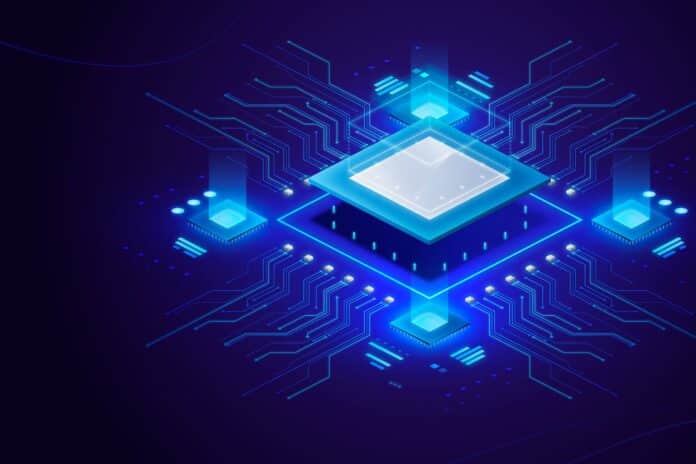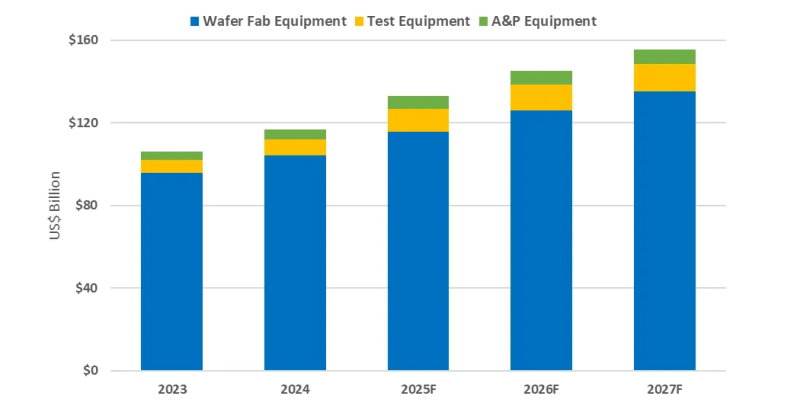
Despite achieving record revenue in the third quarter of 2024, Samsung has reported a significant decline in its semiconductor operating profit, which fell by 40% compared to the second quarter of 2024. Industry observers suggest that losses from its non-memory businesses continue to increase, raising concerns about whether the company can offset these losses through advancements in its memory business.
According to reports from Chosun Biz and Edaily, Samsung's operating profit for the third quarter of 2024 was KRW9.18 trillion (approx. US$6.67 billion). Although this represents an increase of 277.37% compared to the same period last year, it fell short of market expectations primarily due to one-time costs related to incentive bonuses in the Device Solutions (DS) division. While Samsung did not disclose the scale of these one-time expenses, industry estimates suggest they exceeded KRW1.2 trillion based on discrepancies between actual performance and initial market forecasts.
In this context, Samsung's DS division recorded a revenue of KRW29.27 trillion in the third quarter, with an operating profit of KRW3.86 trillion, marking a 40% decrease compared to the second quarter of 2024. Excluding one-time costs, the operating profit would be around KRW5 trillion, still lower than SK Hynix's KRW7 trillion operating profit for the same period.
As the memory market gradually improves, analysts estimate that combined losses from Samsung's wafer foundry and system LSI divisions may exceed the previously anticipated KRW1 trillion, potentially reaching up to KRW2 trillion.
The wafer foundry business is particularly concerning as demand recovery for mobile and PC applications has been slower than expected, compounded by various cost pressures including equipment investments. Reports indicate that Samsung has recently begun reducing production capacity utilization for wafer foundry equipment by 50% to prevent further losses. Additionally, the company has decided to cut capital expenditures for the DS division in 2024 while increasing investments in display technologies.
However, the fundamental issue facing its wafer foundry is the difficulty in securing large clients, leading to estimated quarterly losses exceeding KRW1 trillion, which could potentially increase. Improving technological competitiveness is seen as essential for long-term success.
Consequently, in the short term, Samsung's DS division will continue to rely on the memory business to drive performance. Executive vice president of Samsung's memory business, Jaejune Kim stated that the company is actively responding to high-demand products related to artificial intelligence, with sales of high bandwidth memory (HBM) increasing by over 70% compared to the second quarter of 2024, server-use DDR5 increasing approximately 10% compared to the second quarter of 2024, and server SSDs growing around 30% compared to the second quarter of 2024. Due to the strong sales of high-revenue products, both DRAM and NAND average selling prices (ASP) have increased by 5-10 percentage points.
SK Hynix's HBM market dominance threatens Samsung's memory profitability
However, Samsung faces risks in maintaining memory profitability as SK Hynix has gained dominance in the HBM market. While server demand continues to rise, the mobile sector shows weakness due to inventory adjustments by some customers, coupled with an increased supply of general-purpose products in the Chinese market affecting supply and demand dynamics.
Samsung has begun selling advanced 8-layer and 12-layer HBM3E products. However, HBM3E accounted for only about 10-15% of overall HBM sales in the third quarter. In contrast, SK Hynix reported that shipments of HBM3E surpassed those of HBM3 in the third quarter, predicting that shipments of 12-layer HBM3E products will outpace 8-layer HBM3E products in the first half of 2025, with more than half of total shipments occurring in the second half of the year.
Thus, whether Samsung can quickly obtain quality certification from its largest customer Nvidia for HBM3E will be crucial for maintaining memory profitability moving forward. Kim noted that meaningful progress has been made in ensuring the completion of important stages during the quality testing process with major clients. Sales are expected to increase in the fourth quarter, with HBM3E projected to account for 50% of overall HBM revenue.
Stay up to date with the latest in industry offers by subscribing us. Our newsletter is your key to receiving expert tips.

Powered by AI demand and booming memory sales, the semiconductor industry surpassed records with $216.3 billion Q3 revenue, races toward $800 billion in 2025, as growth broadens.Global semiconductor r

Worldwide semiconductor equipment sales are projected to grow 13.7 percent in 2025, reaching a record 133 billion dollars, Semi announced at Semicon Japan. This momentum is expected to continue throug

The smartphone industry is facing considerable cost challenges in 2026 amid ongoing memory supply shortages and rising prices. This situation is expected to lead to a 1.6% decrease in annual shipments